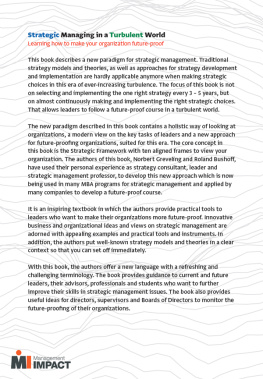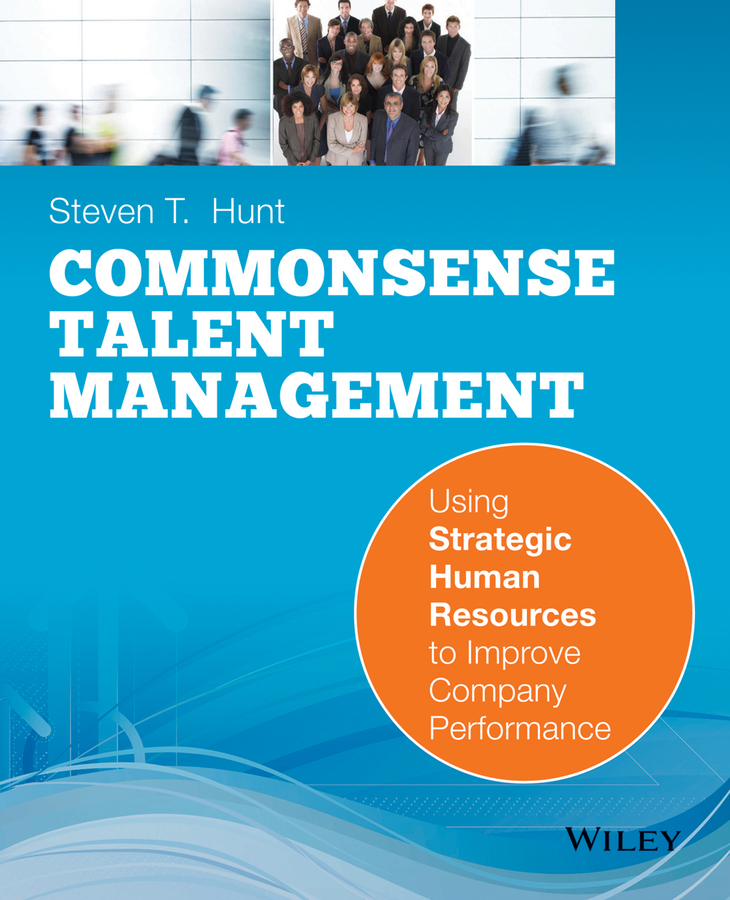CONTENTS

Copyright 2014 by John Wiley & Sons, Inc. All rights reserved.
Published by Wiley
One Montgomery Street, Suite 1200, San Francisco, CA 94104-4594 www.wiley.com
Cover image: IStockphoto and Thinkstock
Cover design: JPuda
No part of this publication may be reproduced, stored in a retrieval system, or transmitted in any form or by any means, electronic, mechanical, photocopying, recording, scanning, or otherwise, except as permitted under Section 107 or 108 of the 1976 United States Copyright Act, without either the prior written permission of the publisher, or authorization through payment of the appropriate per-copy fee to the Copyright Clearance Center, Inc., 222 Rosewood Drive, Danvers, MA 01923, 978-750-8400, fax 978-646-8600, or on the Web at www.copyright.com . Requests to the publisher for permission should be addressed to the Permissions Department, John Wiley & Sons, Inc., 111 River Street, Hoboken, NJ 07030, 201-748-6011, fax 201-748-6008, or online at www.wiley.com/go/permissions .
Limit of Liability/Disclaimer of Warranty: While the publisher and author have used their best efforts in preparing this book, they make no representations or warranties with respect to the accuracy or completeness of the contents of this book and specifically disclaim any implied warranties of merchantability or fitness for a particular purpose. No warranty may be created or extended by sales representatives or written sales materials. The advice and strategies contained herein may not be suitable for your situation. You should consult with a professional where appropriate. Neither the publisher nor author shall be liable for any loss of profit or any other commercial damages, including but not limited to special, incidental, consequential, or other damages. Readers should be aware that Internet Web sites offered as citations and/or sources for further information may have changed or disappeared between the time this was written and when it is read.
For additional copies or bulk purchases of this book or to learn more about Wileys Workplace Learning offerings, please contact us toll free at 1-866-888-5159 or by email at .
Wiley also publishes its books in a variety of electronic formats and by print-on-demand. Some material included with standard print versions of this book may not be included in e-books or in print-on-demand. If the version of this book that you purchased references media such as a CD or DVD that was not included in your purchase, you may download this material at http://booksupport.wiley.com . For more information about Wiley products, visit www.wiley.com .
Library of Congress Cataloging-in-Publication Data has been applied for and is on file with the Library of Congress.
ISBN 978-0-470-44241-8 (pbk); ISBN 978-1-118-23392-4 (ebk); ISBN 978-1-118-22023-8 (ebk)
This book is dedicated to the memory of Alan James Hunt
If I have seen further it is by standing on the shoulders of giants.
Isaac Newton
TABLES, FIGURES, AND DISCUSSIONS
TABLES
| Job Categories and Related Recruiting Processes |
| Recruiting Roles |
| Sourcing Methods |
| Types of Staffing Assessment Tools |
| Staffing Metrics |
| Some Simple Goal-Setting Guidelines |
| Performance Management Process Objectives, Elements, and Trade-Offs |
| Comparing Skills and Competencies |
| Examples of Descriptive Rating Labels |
| Changes Affecting Manager and Employee Adoption of Performance Management |
| Common Development Methods |
| Mapping Roles, Relationships, and Resources to Six Common Development Methods |
| Talent Requirements Addressed by Development Processes |
| Development Methods That Are Most Effective for Influencing Different Types of Attributes |
| Integration Features to Consider When Evaluating Development Technology |
| Examples of Development Metrics |
| Talent Process Maturity Grid for Determining the Actions Most Critical to Supporting Your Companys Business Execution Needs |
| Process Automation versus Business Transformation |
| Examples of Transformation Events Associated with HR Process |
| Metrics of Strategic HR Process Impact |
| Categories of Competencies Reflecting Job Performance |
| Succession Management Process Components |
| Three Succession Management Scenarios |
FIGURES
| How Fundamental Strategic HR Processes Influence Components of Job Performance and Examples of HR Methods Associated with Each Process |
| Business Execution Capability |
| Relationship of Strategic HR Processes to Business Execution Drivers |
| Levels of Strategic HR Process Maturity |
| Integrated Talent Management |
| Integrated Talent Management Example: Right Development and Right People |
| The Relationship of Strategic HR Technology, Workforce Analytics Technology, and HRIS Technology Platforms |
| Recruiting Process Maturity Levels |
| Example of Contents from a Goal Library |
| Goal-Cascading Example |
| Goal Cascading Using the Commitments, Outcomes, Deliverables Methodology |
| Plotting Goals from a Development Perspective |
| Levels of Goal Management Maturity |
| The Two Sides of Performance Management |
| What a Well-Defined Competency Looks Like |
| Mix-and-Match Competency Modeling Approach |
| Increasing Scope of Responsibility Competency Modeling Approach |
| The Performance Management Cycle |
| What Goes into a Performance Evaluation |
| Performance Evaluation Steps |
| Typical Link between Compensation Methods and Performance Criteria |
| Performance Management Process Maturity Levels |
| How Development Works |
| Relationships between Developmental Methods |
| Development Process Maturity |
| HR Process Stakeholders |
| Technology for Competency-Based Performance Assessment and Coaching Feedback |
| Example of a Technology Design for Strategic HR |
| Example of a Technology Design for Strategic HR: Performance Evaluation Competencies |
| Types of Leadership Support for Change |
DISCUSSIONS
PREFACE
Other than health and family, few things are more important to happiness than having meaningful and fulfilling work. Creating high-quality work environments positively influences the lives of employees, their families, their managers, their customers, and the broader society. Higher-quality work environments create better world environments.
Despite the value of high-quality work environments, our society is plagued by examples of poorly run companies. Workplaces are so frequently mismanaged that there is even a genre of humor solely devoted to making fun of office life ( Dilbert and The Office come readily to mind). I often find this humor enjoyable, but I also find it somewhat sad, and even tragic. It is sad because it is based on real problems that financially and emotionally hurt employees, managers, customers, and their families. It is tragic because we have the knowledge to avoid most of these problems, but many organizations do not use this knowledge.












